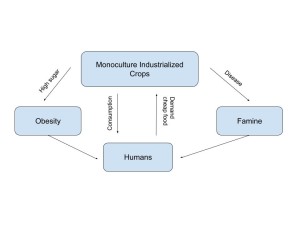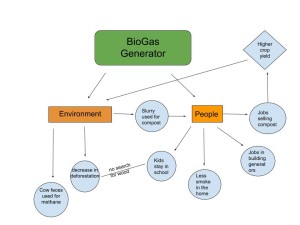- Pick a Biodiversity Hotspot and talk about a protected area located in that region. What level is it classified under? What species is it protecting? What policies are they enforcing? Describe how one of the species being protected is important to the ecosystem. Why are we protecting this specie? Is it for anthropocentric or ecocentric reasons?
- Create a system diagram that illustrates the interactions between the specie the environment and humans.
I picked the California Floristic Province Biodiversity Hotspot because I am from California. One protected area is the California Desert Conservation Area. It is home to the threatened desert tortoise, the endangered Peninsular bighorn sheep, the cushenberry buckwheat, and many other species that have adapted to live in harsh desert environments. Unfortunately, this conservation area consists of a few national parks which is considered a category 2 protected area, and since people are allowed to participate in many different activities it causing these species to suffer. There were settlement agreements in 2000 and 2001 that prohibited mining of 3.4 million acres, reduced or prohibited livestock grazing on 2 million acres, prohibited off-road vehicles on more than 550,000 acres, and closed more than 4,500 miles of roads. There have been many lawsuits against the Bureau of Land Management for allowing human activities in wildlife habitats and for delaying policy implementations. The Peninsular Bighorn Sheep need high visibility to escape from predators. They are herbivores and eat desert plants like cacti. They also get their water sources from plants like cacti. This specie does not necessarily have a huge impact on human life so I believe that the protection of them is clearly ecocentric. However, in the past, humans most likely used their horns for tools and weapons, but we do not have that necessity anymore. There is also a theory that the Peninsular bighorn sheep is endangered due to climate change and the severe droughts that California has been facing.
Here is my System Diagram:


